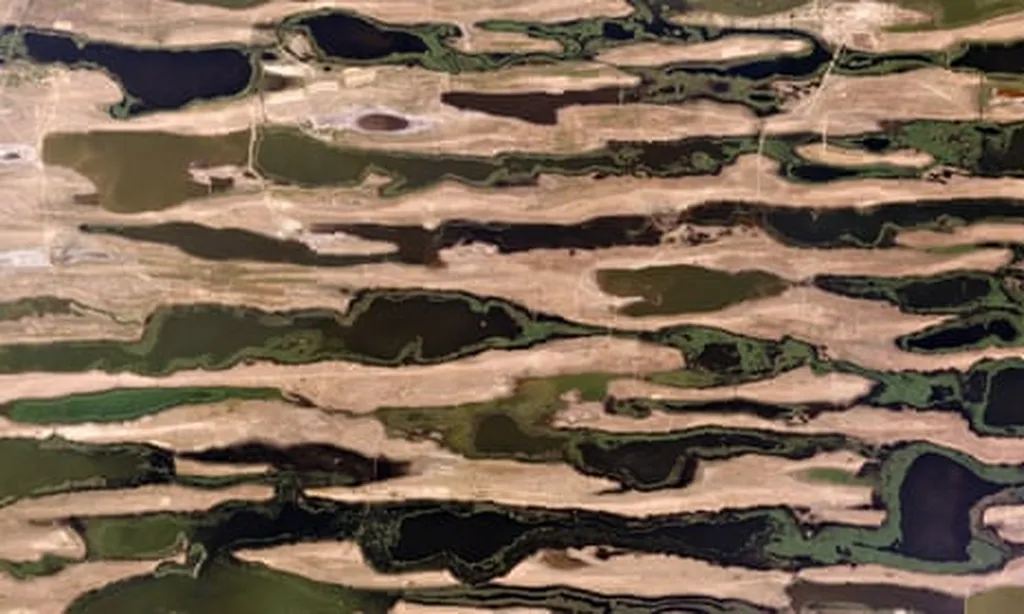In the heart of Vietnam, a groundbreaking study is reshaping how we understand and value the natural world. Led by Lan Thanh Ha from the Faculty of Civil Engineering and Geosciences at Delft University of Technology and the Institute of Water Resources Planning in Hanoi, a team of researchers has mapped Hydrological Ecosystem Services (HESS) across 16 major river basins, using a powerful combination of remote sensing and hydrological modeling. This work, recently published in the Journal of Hydrology: Regional Studies (translated as “Hydrology: Regional Studies”), is not just an academic exercise; it’s a tool that could revolutionize water resource planning and nature-based solutions, with significant implications for the energy sector.
The study, which covers a diverse range of topographies and climatic zones, quantifies eight key HESS indicators, from total runoff to carbon sequestration and microclimate cooling. By evaluating these indicators over different hydrological years, the researchers have created a synthesized score to benchmark the sustainability levels of these basins. This is where the magic happens. “We’re not just looking at water; we’re looking at the value of ecosystems in providing water-related services,” Ha explains. “This is about understanding the natural capital assets of Vietnam and how we can use this information to support sustainable development.”
The results are revealing. Basins in the central regions of Vietnam exhibit stronger ecosystem performance, while those in the more urbanized northern and southern regions show comparatively lower levels. This information is invaluable for the energy sector, where water is a critical resource. Hydropower plants, for instance, rely on consistent water flow, while thermal power plants require large volumes for cooling. By understanding the HESS of different basins, energy companies can make more informed decisions about where to invest and how to manage their water usage sustainably.
But the implications go beyond the energy sector. This study illustrates how remote sensing data and spatial algorithms can be applied to determine various aspects of HESS across different landscapes and ecosystems. “We’re showing that it’s possible to quantify the value of nature in a way that’s relevant to decision-makers,” Ha says. This could pave the way for more nature-based solutions, where the natural environment is harnessed to address societal challenges, from climate change mitigation to water resource management.
The study also highlights the importance of integrating earth observation and ecohydrological modeling. This approach can support HESS monitoring and the design of nature-based solutions, even in data-scarce regions. As such, it could have global implications, providing a blueprint for other countries looking to quantify and value their natural capital assets.
In the energy sector, this research could drive a shift towards more sustainable practices. By understanding the HESS of different basins, companies can identify areas where their operations are likely to have the least impact on the environment. They can also use this information to develop strategies for mitigating any negative impacts, such as investing in reforestation or wetland restoration projects.
Moreover, this research could help energy companies meet their sustainability targets. By demonstrating their commitment to preserving and enhancing the HESS of the basins they operate in, companies can enhance their reputation and appeal to environmentally conscious investors. “This is about creating a win-win situation,” Ha explains. “By valuing and protecting our natural capital assets, we can support sustainable development and create a better future for all.”
In conclusion, this study is a significant step forward in our understanding of hydrological ecosystem services. By quantifying these services and benchmarking the sustainability levels of different basins, the researchers have provided a powerful tool for decision-makers in the energy sector and beyond. As we grapple with the challenges of climate change and sustainable development, this research offers a beacon of hope, demonstrating the power of integrating earth observation and ecohydrological modeling to support nature-based solutions.

